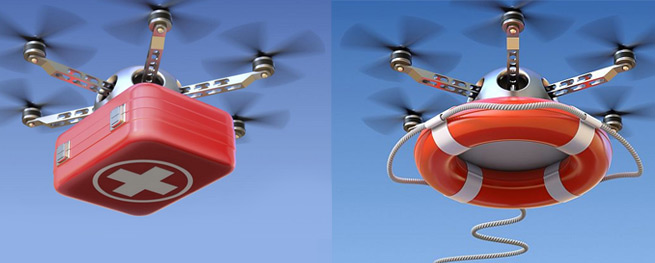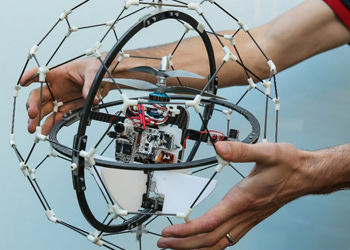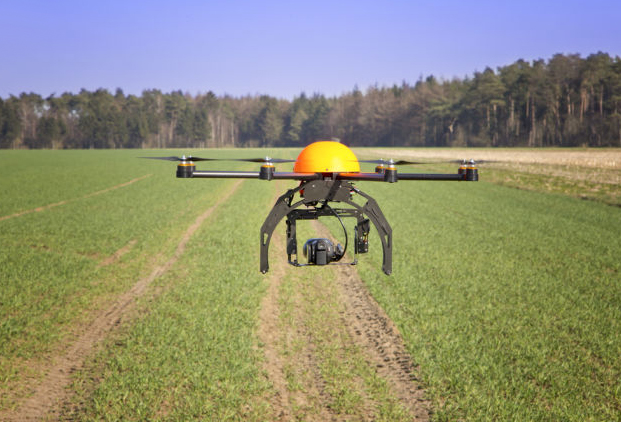
Just like many other inventions originally developed for war and killing, drones have a good side too. They can be put to benign, and even good use.Today, companies are scrambling to discover new civilian and commercial uses for small unmanned aircrafts.
These are some of the activities that have been performed by drones so far:
- Monitoring and studyingorang-utans
- Scaring off geese from water reservoirs (because their waste feeds dangerous bacteria)
- Delivering vaccines to locations that are difficult to reach
- Delivering pizzas
- Aerial photography
- Monitoring vineyards (to ensure they are well-watered)
- Flying promotional banners (in so-called drone-vertisingcampaigns)
- Delivering the engagement ring to one’s beloved (yes, that was done too)
Last month, the world’s first Drones for Good competition was held in Dubai in which 15 finalists chosen from an original pool of over 800 applicants from 57 countries competed for two main prizes, national and international.
The projectsthat made it to the finals included: a health sector drone for the delivery of medical kits, test results and medication to patients; parking drone, designed to monitor parking violations; planting drone for use in reforestation efforts; and so on.
A drone designed by a team of Abu Dhabi students to help conserve the wild expanses of the United Arab Emirates won Dh1-million in the national competition. The drone carries a small communications payload that wirelessly collects data from a network of ground-based measurement devices, without the personnel facing risks associated with the use of traditional methods.
 The $1-million international award was given to a Swiss-made collision-resistant drone for use in urban search and rescue operations. Developed by Flyability SA in Lausanne, the lightweight drone is protected by a cage to make it resistant to collisions. It comes equipped with an HD camera and ultrasonic sensors. This drone can be used to entercollapsed or on-fire buildings to find a safe path for human rescue teams and can be safely flown close to people.
The $1-million international award was given to a Swiss-made collision-resistant drone for use in urban search and rescue operations. Developed by Flyability SA in Lausanne, the lightweight drone is protected by a cage to make it resistant to collisions. It comes equipped with an HD camera and ultrasonic sensors. This drone can be used to entercollapsed or on-fire buildings to find a safe path for human rescue teams and can be safely flown close to people.
Useful as they might be, civilian use of drones is a legal minefield. There have already been instances of unidentified drones flying too close to airports or unidentified drones flying over European cities. Currently, there is a tug of war between those who want to seriously restrict the use of drones and those who want to give the (more or less) free reign to the development of this technology.
It could be sooner or later; it could be for better of for worse… However, the winner is already known, so get ready to get used to a myriad of small unmanned objects flying around you.










